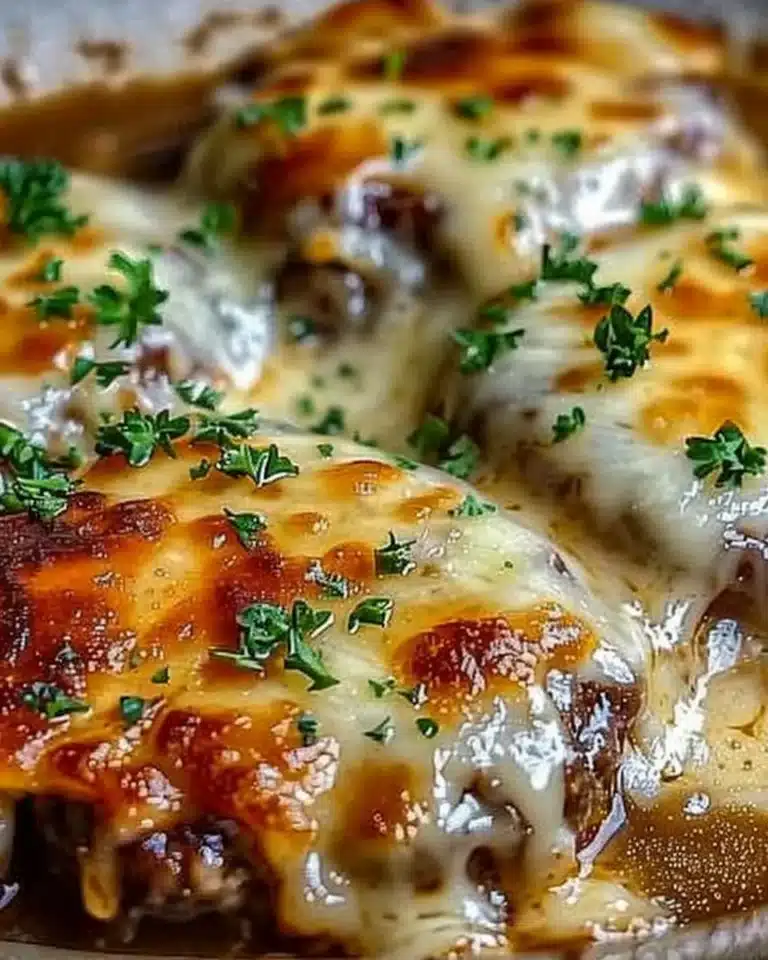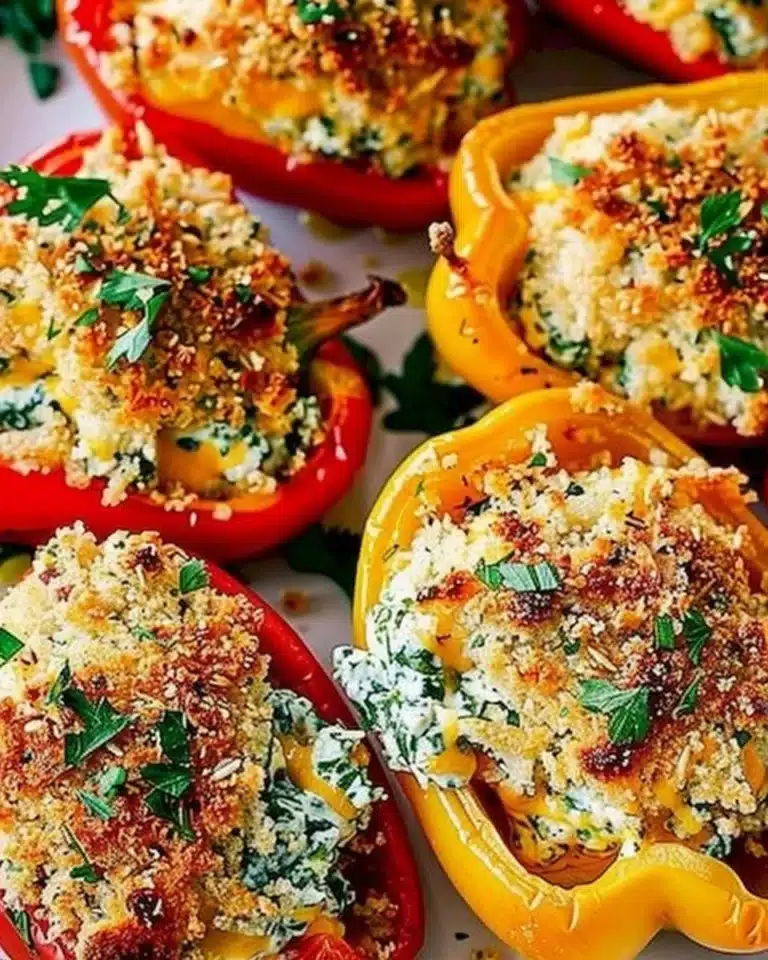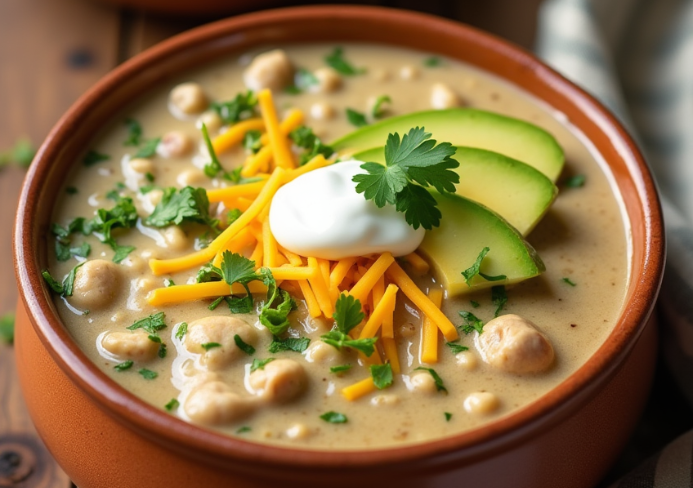Spring Pasta Primavera Recipe – A Fresh, Vibrant Seasonal Delight
Spring Pasta Primavera is the quintessential springtime dish—light, colorful, and packed with the season’s freshest produce. It’s perfect for a weeknight dinner, a garden brunch, or anytime you want to celebrate the return of sunshine and blooming flavors.
This guide will walk you through everything you need to know about making the perfect pasta primavera, from its history and ingredient selection to step-by-step instructions, variations, and pro tips.
Table of Contents
🥄 What is Pasta Primavera and Why Is It a Spring Favorite?
Contrary to its Italian-sounding name, Pasta Primavera was actually born in North America. The dish gained popularity in the 1970s for its elegant simplicity and its ability to showcase fresh spring vegetables. The word “Primavera” means “spring” in Italian, and the dish lives up to its name with its bright colors and refreshing flavors.
The key to a standout primavera is using seasonal spring produce. Learn more about what’s fresh now with the USDA’s Seasonal Produce Guide, which is an excellent resource to help you pick the right ingredients for the time of year.
🛒 Choosing the Best Vegetables for Your Primavera
Spring is the perfect time to highlight vegetables at their peak. Here are the most flavorful options to include:
- Asparagus – earthy, crisp, and perfect for blanching
- Green peas – sweet and tender
- Zucchini – adds a mild and juicy crunch
- Cherry tomatoes – for a burst of sweetness and acidity
- Spring onions or scallions – mild, aromatic base
- Carrots, broccolini, or baby spinach (optional)
Not sure how to keep your vegetables vibrant and tender? Check out this guide on how to blanch vegetables properly, a technique that locks in color and texture.
🍝 Choosing the Right Pasta
When it comes to pasta primavera, the shape of your pasta matters. You want a variety that holds onto the vegetables and sauce well.
Best choices include:
- Penne
- Farfalle (bow ties)
- Fettuccine
- Rotini
For those with dietary restrictions, go for whole wheat, gluten-free, or chickpea pasta to add nutritional variety.
🧄 Sauce Options: Creamy, Light, or Vegan?
The sauce in pasta primavera ties the entire dish together. Choose a base that complements your taste and dietary preferences:
🌿 Light & Zesty Lemon-Garlic Sauce
- Olive oil
- Minced garlic
- Fresh lemon juice
- Salt and black pepper
🧀 Creamy Parmesan Sauce
- Butter or olive oil
- Cream or half-and-half
- Grated Parmesan cheese
- A touch of lemon zest
🌱 Vegan Sauce
- Olive oil or vegan butter
- Coconut cream or blended cashew cream
- Nutritional yeast for cheesiness
- Lemon juice and herbs
For premium quality olive oil, visit this extra virgin olive oil guide to make the best selection for your sauce.
🍳 Step-by-Step Spring Pasta Primavera Recipe
Here’s a tried-and-true method for a classic version with a creamy finish and tons of seasonal flavor.
Ingredients
- 12 oz pasta (penne or farfalle)
- 1 tbsp olive oil
- 2 cloves garlic (minced)
- 1 cup asparagus (chopped)
- 1 cup cherry tomatoes (halved)
- ½ cup green peas
- 1 zucchini (sliced thin)
- ¼ cup grated Parmesan
- ½ cup cream or cashew cream
- 1 tbsp lemon juice
- Salt, pepper, and chopped basil to taste

Instructions
- Cook the pasta until al dente. Reserve ½ cup of pasta water.
- Sauté the vegetables in olive oil for 5–7 minutes. Add garlic last to avoid burning.
- Add cream, Parmesan, and lemon juice to the vegetables. Simmer gently.
- Combine pasta and sauce, adding reserved water to adjust consistency.
- Toss well, garnish with basil and extra cheese, and serve warm.
🔄 One-Pot and Skillet Variations
Pressed for time? Try these quicker methods:
- One-pot primavera: Cook everything in the same pot—saves time and cleanup.
- Skillet method: Sauté all ingredients in a large pan and mix cooked pasta directly in.
🥩 Add-Ons & Customization Tips
Boost protein and make it a complete meal with:
- Grilled chicken or shrimp
- Roasted chickpeas or tofu for a vegan twist
- Red chili flakes for a spicy kick
🧊 Storing & Reheating Tips
Keep leftovers tasting fresh with these storage tips:
- Store in airtight containers in the fridge (up to 3 days)
- Add a splash of cream or pasta water when reheating to prevent drying
Avoid freezing, as the creamy sauce and tender veggies don’t thaw well.
🍷 Serving Suggestions
Pair your Pasta Primavera with:
- A glass of crisp white wine (like Sauvignon Blanc)
- Garlic bread or crusty baguette
- Light salads with lemon vinaigrette
Ideal for spring dinner parties or casual brunches!
❓ FAQs About Spring Pasta Primavera
What makes Pasta Primavera a spring dish?
The use of fresh seasonal vegetables like asparagus, peas, and zucchini ties it to springtime cooking.
Can I make Pasta Primavera without cream?
Absolutely. Use a lemon-garlic olive oil base or a vegan substitute like cashew cream.
What vegetables go best in Pasta Primavera?
Anything fresh and green! Think asparagus, peas, zucchini, and broccolini.
Is Pasta Primavera healthy?
Yes, especially when using whole wheat pasta, olive oil, and tons of vegetables.
How do I keep vegetables from getting mushy?
Blanch or sauté vegetables lightly to retain their crunch and color.
✅ Final Thoughts
A well-prepared Spring Pasta Primavera celebrates the essence of the season—freshness, color, and simplicity. Whether you make it creamy, vegan, or one-pot style, this dish is sure to be a family favorite.






